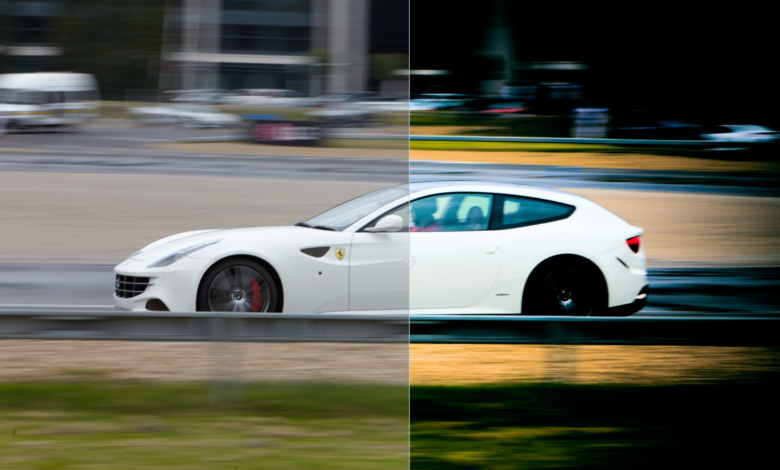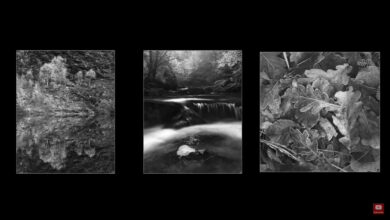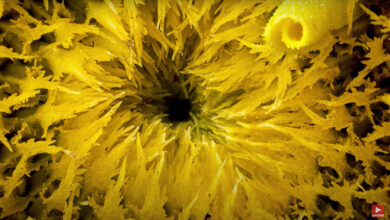5 editing mistakes I made as a beginner photographer so you don’t make them

Image editing is no easy task. Using editing software like Lightroom or Capture One requires a lot of learning and familiarity. However, even if you know how to use editing software, you still need to edit your images to enhance their beauty, not destroy it. Basically, you need to know the why behind the how. Here are some mistakes I’ve made when editing images because I don’t know why.
Oh, how tempting are the sliders, so tempting that you’re tempted to make the most of them. Sure, there’s educational value in doing that, but very little actual creative value. Many photographers tend to go too far at the start. To maximize the image, we will destroy everything there. Here are some suggestions on how to avoid editing mistakes and eventually become a better photographer. Remember that all of these techniques can be used to enhance image quality.
Too much contrast
Contrast was the first factor, as almost every image I edited at the start was too contrasty. Why? Because it seems like contrast creates that extra feeling of being called “cinematic” and really changes the way an image feels and looks. One way to tell if you’re using too much contrast is to look at the shadow detail. As a general rule, you should always have some detail in the shadows. Don’t make them pitch black. It won’t look good and it will show a lack of dynamic range. Did you really buy that expensive camera to show that it couldn’t capture the full shadow detail? I guess not. Remember that contrast is an issue with both black and white photos as well as color photography. 
Too much saturation
Color photography is a careful balance between showing rich tones and making it too vivid. Indeed, it’s easy to get caught up in the vibrancy slider as it tends to bring out colors you can’t see. It may seem appealing at first, but ask yourself: is the world really that saturated? The answer is almost always no, so turn the saturation down. While it won’t be a noticeable change from the first, you will eventually get used to a bit of desaturation (5-10%) in the image. When printed, they will appear more natural and will look more professional.
Of course, this depends on the genre of your work. If you’re aiming for something like Dave LaChapelle or Willam Eggleston, turn it on, but pay attention to the other elements of the image that make up success. It is not only the saturation but also the mood of the image that is enhanced by the saturation.
Selective colors
This is a look that everyone has tried at least once in their life. It became popular around 2015 and the internet was flooded with images that “evoked deep emotions”. It was cool at first but it quickly became so boring that the selective color became a meme.
(There won’t be a picture to illustrate selective color, because I think you’ve seen enough of them.)
That’s not to say you shouldn’t desaturate some parts of your image for artistic effect. This technique really works well on dramatic images and draws the viewer to the more saturated part of the subconscious. What I mean here is not full black and white and color contrast, but local desaturation. Local desaturation is a technique where you reduce the bits of an image by 10-20%, not 100%.
Fake editing
Humans have pores, scars, and textures. Frequency separation is your biggest enemy, now. It seems like an easy “fix” for someone’s face, but in reality, it ruins the photo. Over-editing isn’t just an editorial issue, it’s also a cultural issue. A photograph is intended to show a person from their best angle, but what we forget is the fact that the photos represent reality – to some extent.
As someone who works a lot with retouchers, both teaching and recruiting, I ask them to do a little less than normal expectations. The current trend is leaning towards natural tones and minimal post-production on the face. Honestly, if the rest of the image is good then the editing will be minimal.
Blur image
Hello, drama queen or king. At least that’s what I see the texture slider. It adds this mysterious oval that, if used correctly, will direct the viewer towards the subject. But, if overused, it will almost certainly look bad. The problem with overusing texture on your image is that it takes over and becomes the photo. Your texture should not become the central element of the picture. The proper way to use blur is when you have a central subject on the image that contrasts with the background.
So what makes a good edit?
This really deserves a separate article, as there is a lot to explain when answering this question. Let us know in the comments if you’d like to see such an article!
In a nutshell, a good edit should do one (not two) of the following: feel relevant to your work and enhance the image. Consistency comes from color, light and other characteristics that define your photographer style. 
Visual style can be a guiding signal in editing, but it takes years to develop, and even then, it never stays the same. Your likes change, this is completely normal. However, think of all those photographers who can maintain their signature look no matter what the subject appears in front of their camera.
Editing should enhance your image, not destroy it. If you shoot a portrait, you should shoot it on set and only enhance it in post-production. As photographers, all we do is capture energy, and if the energy isn’t there, to begin with, you won’t have much to edit afterwards. In any case, editing will not replace the image you took on set.
Stop thinking
It is clear that these editing errors are often just due to overuse of effects. There’s nothing wrong with using contrast, saturation, vignette, retouching, etc. Problems start to appear when you get too focused on something. In fact, it is better to go too little, rather than too much.




